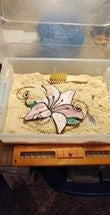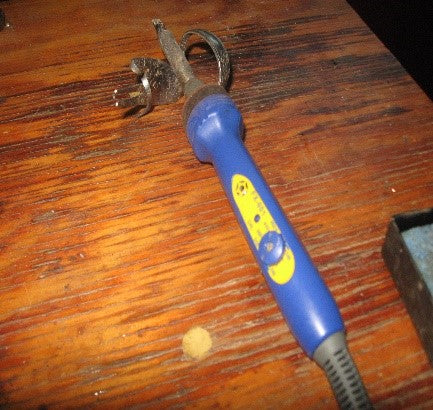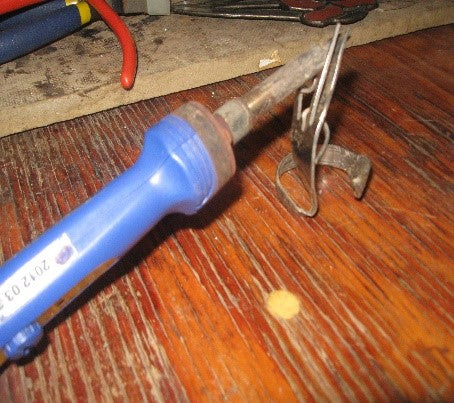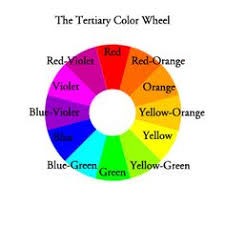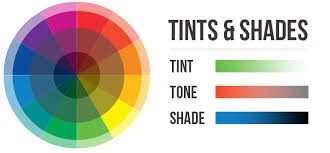URO BY YOUGH
Here is the official announcemnt.
Our industry is long overdue for an announcement of excitement and positivity, so we are pleased to be the bearer of good news. Youghiogheny Glass, together with Oceanside Glasstile, is announcing the acquisition and launch of Uro by Yough, a resurrection of the Uroboros line of both traditional art glass and 96 compatible fusible glass. The machines and all of the equipment have arrived at our Connellsville factory, and we are just about ready to start production. We would like to thank Oceanside Glasstile for approaching us with this opportunity. Their transparency and cooperation throughout the entire process has resulted in a second thrilling announcement; a collaborative resurrection of the System 96 brand of fusible glass and products including Oceanside Compatible, Uro by Yough, and Y96!! So what this means is that Youghiogheny Glass will produce URO by Yough and will collaborate with OGT to resurrect the System 96 brand. The new agreement will allow for the most comprehensive product selection of hand rolled art glass And a complete line of System 96 compatible fusing glasses and accessories. The last 5 years have been tumultuous. Our passion for glass and the industry drove us to fill product voids created from the upheaval and expand Youghiogheny's palette. We viewed this time as an opportunity for growth and expansion into the 96 fusible market with our Y96 product line, even though the future seemed uncertain. In less than a year from the release of Y96, we unveiled the True Dichro line of Art Glass. This had been a 10 year experiment and an outstanding breakthrough in art glass manufacturing science. This was quickly followed by a line of Textured Streaky Art Glass and then Art Glass Irids. Finally, we expanded color options in Y96, more than doubling the original offerings. At the end of 2019, we thought we had done it all. However, opportunity arose once again when we were approached by Oceanside GlassTile regarding Uroboros production and System 96. Youghiogheny has a long history of producing high quality, handmade sheet glass and is the ideal landing spot for the products previously produced by Uroboros. Our niche and strengths are the perfect complement to OGT’s continuous ribbon and accessory products in order to expand the System 96 palette. The name Uroboros Glass carries a heavy weight with us. The brand and legacy created by Eric Lovell is of the highest quality and held in the highest regard. We consider it an honor and great challenge to properly reintroduce Uro, by Yough. An undertaking of this magnitude for our company will be a challenge, one of excitement and optimism. This is an area where we ask for your help. Any insight that you can provide us with from your previous years of experience with the Uro line of glasses will be helpful. The expansive line of art glass, with the many combinations of colors and textures, has many products that are very similar or identical to items currently produced within our existing product lines. Uro by Yough is striving to recreate the most sought after products previously manufactured without creating duplicates of what is currently available. With your valuable input we will be able to determine a production starting point more quickly. We thank you for your continued support and loyalty and look forward to providing you with even more excellent products. Stay Well, Tristan and Leanne Triggs







































